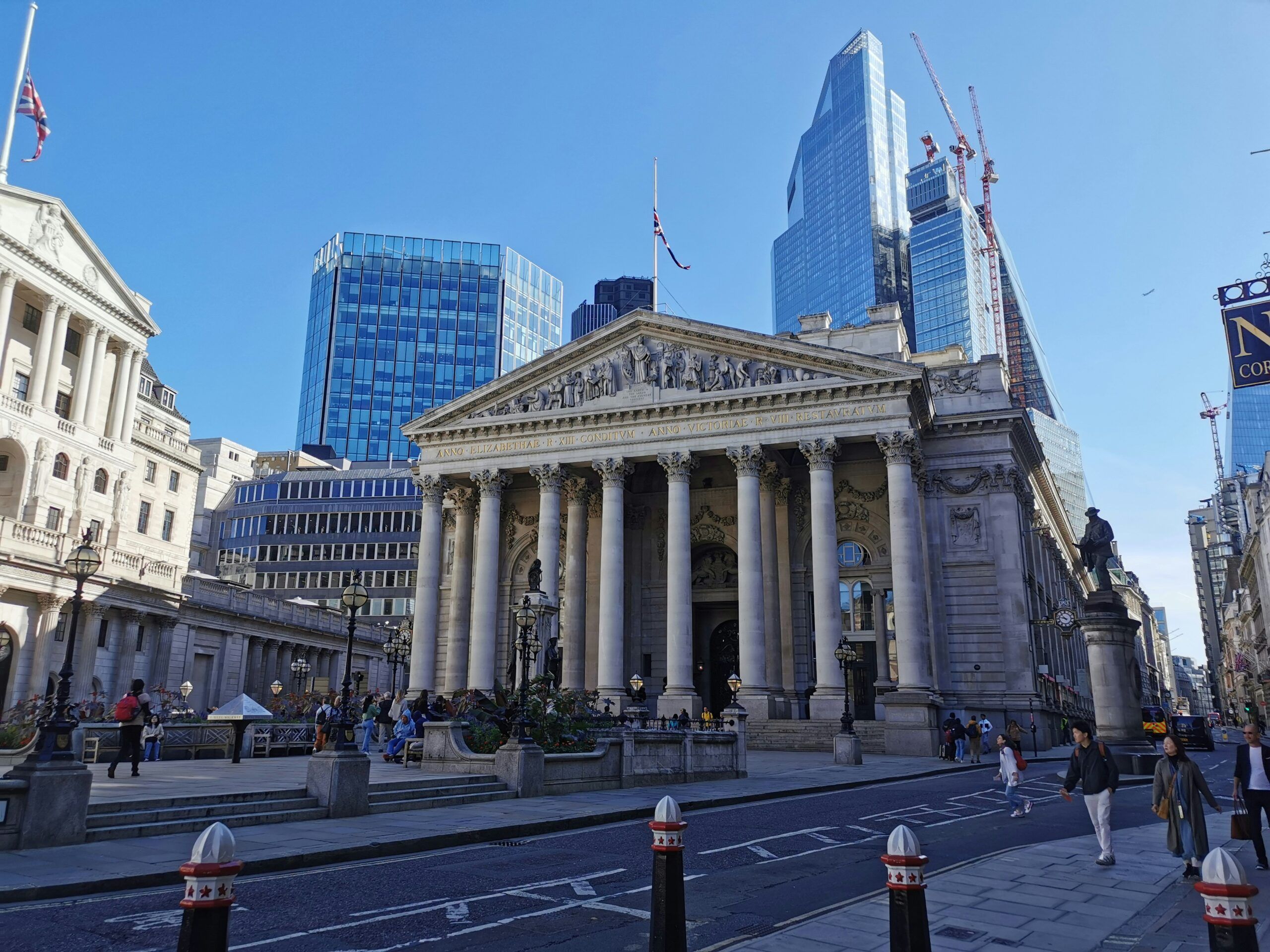Major Banks Have Ditched the Net Zero Banking Alliance
The NZBA (Net Zero Banking Alliance) was convened in April 2021 by the UN (United Nations) Environment Programme finance initiative and led by banks whose mission statement was to support efforts to align lending, investment, and capital market activities with achieving net-zero greenhouse gas emissions by 2050. Founding luminaries of the banking world were Citigroup, Bank of America, HSBC Group, and NatWest Group and 39 other leading global financial institutions.
However, the NZBA is under pressure, as back in January this year a number of U.S. banks left the group and most recently HSBC Group has followed suit. The general feeling is that the American banks resigned from the NZBA* as they were under pressure from the then President Elect Donald Trump as he was pushing for higher production of oil and gas thus spurring a backlash against the Net Zero climate bodies. A number of pro net-zero activists have accused the banks of pandering to the political pendulum, and their current efforts are to avoid criticism from the then in-coming Trump administration.
*American Banks No Longer with the NZBA – Citigroup, Bank of America, Morgan Stanley, Wells Fargo, Goldman Sachs, and JP Morgan all resigned before 1st December 2024.
Earlier this month, HSBC was the first British Bank to leave the NZBA, with the move perhaps a potential trigger for other British banks to follow suit. At the launch of the NZBA, the then CEO of HSBC Group Noel Quinn said it was “Vital to establish a robust and transparent framework for monitoring progress towards net-zero carbon emissions. We want to set that standard for the banking industry. Industry – wide collaboration is essential in achieving that goal”. Interestingly, HSBC’s new CEO, George Elhedery, confirmed back in late October 2024 that their Chief Sustainability officer Celine Herweijer had been removed from the bank’s top internal decision-making process, the “executive committee”. She subsequently resigned from HSBC shortly after being dropped from the executive committee.
Some experts have voiced little surprise that HSBC has resigned from the NZBA, citing not only have the top 6 US banks resigned but removing Celine Herweijer from her post on the executive committee may suggest that HSBC was taking a different path regarding climate control. CEO George Elhedery was quick to point out it was all part of a restructuring process and reaffirmed HSBC’s commitment to supporting net-zero. In January 2024, HSBC unveiled its first “net-zero transition plan” detailing its strategies to achieve its climate targets by 2050 (downgraded from 2030) plus its investment decisions it aims to undertake to facilitate decarbonisation across various sectors of finance. A number of senior voices in the net-zero world took issue with HSBC accusing the bank of profits at any cost.
Following their net-zero transition plan, the new Chief Sustainability Officer (not on the new Operating Committee) Julian Wentzel said back in February of this year that the bank would take a “more measured approach” to lending to the fossil fuel industry, giving way to concerns to the net-zero world that the bank would row back on its promises.
On HSBC’s website, it is written that targets for cutting emissions linked to their loan book “would continue to be informed by the latest scientific evidence and credible industry-specific pathways, which again bank detractors say is bank-speak for rowing back on its promises. Meanwhile in America, Republican politicians have instructed some banks to testify before the relevant policymakers who have accused them of unfairly penalising fossil fuel producers with their memberships of the NZBA and other similar groups. Experts point to the obvious political pressure put on banks to leave these organisations.
Elsewhere in the net-zero world and almost a decade on from the Paris Climate Agreement (under Trump the USA has withdrawn for the second time) the world’s largest companies who despite on-going promises and climate manifestos are still struggling to meet net-zero goals. A study produced by a well-known body suggests that only 16% of companies are actually on target to meet their 2050 net-zero goals and a well-respected senior voice in the climate control industry has said “to reach 2050 net-zero goals all of us need to move faster, together, to reinvent sustainable value chains using deep collaboration and transformative technologies”.
According to recently released data, global financing of fossil fuel companies has increased in 2024 (an increase of USD 162 Billion to USD 869 Billion) for the first time since 2021 with banks who have left the NZBA among the biggest funders. So where does this leave the NZBA in its efforts to get banks to increase financing for green projects? Obviously, the organisation is sad it has lost the previously mentioned banks but they still today have over 120 members and currently represents about 41% of banking assets.
Whilst some members have increased their fossil fuel financing some have made cuts to their financing with Santander making the largest single reduction in expansion finance (USD 2.2 Billion) and ING came top in terms of overall divestment slashing its annual fossil fuel financing by USD 3.2 Billion compared with their figure for 2023. Experts in the net-zero world say the NZBA is here to stay with many large banks still on the membership roll. Indeed, on April 15th this year in Geneva membership voted overwhelmingly in favour of backing plans to strengthen the support it provides to its members, marking a new phase for the Alliance’s work which is in line with the goals of the Paris Agreement.










